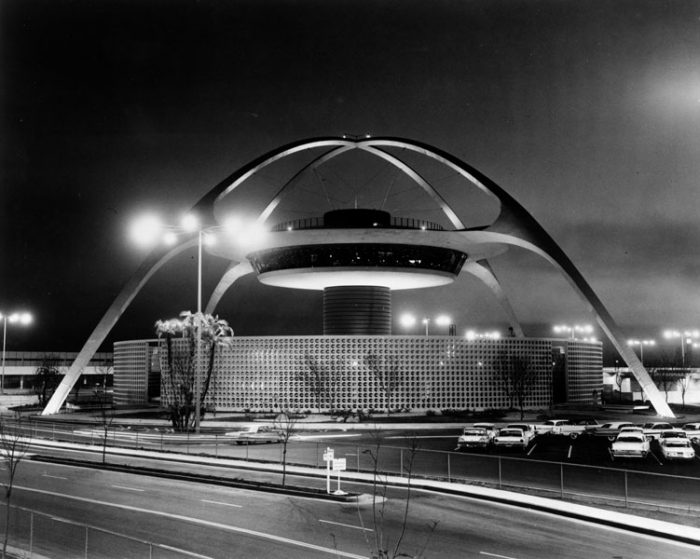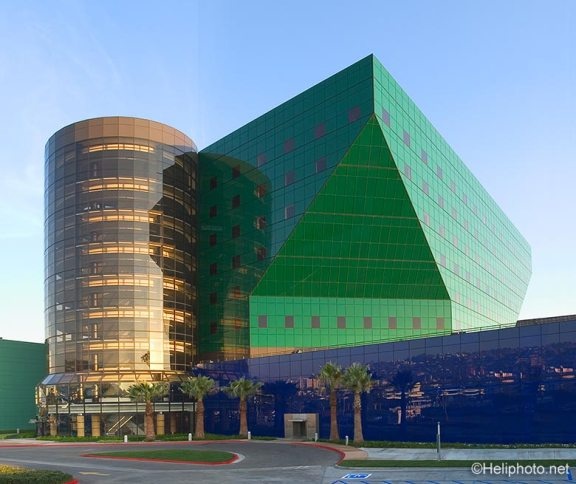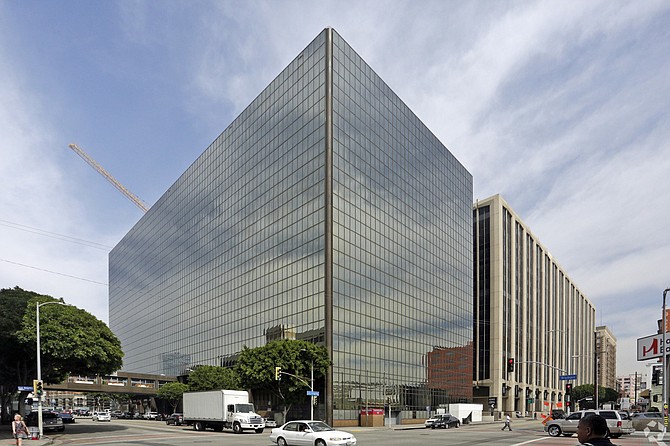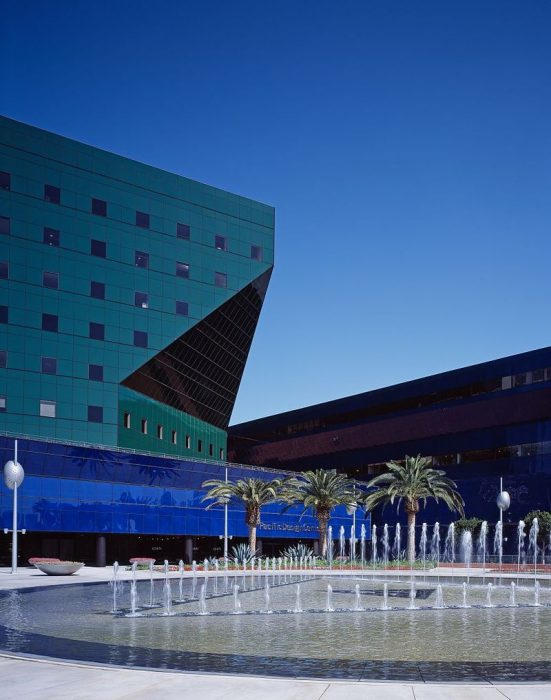
- Permbajtja
- prev
- next
- prev
- next
Norma Merrick Sklarek (April 15, 1926 – February 6, 2012) was the first African American woman to pass her license exam to officially become an architect in both New York (1954) and California (1962). Sklarek is most recognized for designing the United States Embassy in Tokyo, Japan in 1976 and the Terminal One station at the Los Angeles International Airport in 1984. After designing several buildings, she became the first black woman to own her own architectural practice with two women Margot Siegel and Katherine Diamond from 1985-1989. She earned the nickname "The Rosa Parks of Architecture" from Author Anna M Lewis for her major accomplishments as a black woman in a male dominanted field and continued to be a voice for women who were likely to face discrimination in certain careers.
Early life and education
Norma Merrick Sklarek was born on April 15, 1926 in Harlem, New York. Her parents, Dr. Walter Ernest Merrick and Amelia (Amy) Willoughby were a doctor and seamstress, from St. Vincent and Barbados. She grew up in Crown Heights, Brooklyn. At a young age, Sklarek was closer to her father whom she received most of her training and ability from. Maintaining a special father and daughter connection, Sklarek leaned towards architecture after being taught how to be hands-on in several activities and being exceptional in mathematics and science at Hunter College High School.
After spending a year of her college career at Barnard College, Sklarek spent the following years at Columbia University where she majored and received her Bachelors in Architecture. Throughout her college experience, Sklarek had many hardships in assimilating with her classmates. She had to constantly face predominantly white students who had valuable degrees and formed relationships and study groups with other students to get ahead on assignments. Dealing with these obstacles on her own, Sklarek took advantage of her isolation by working outside the classroom setting. As a result, she graduated five years later with her degree in architecture as the only African American woman.
Career
After receiving her degree, Sklarek was unable to find work at an architecture firm, so she took a job at the New York Department of Public Works from 1950 to 1954. Unsatisfied with her four year job due to tedious expectations, Sklarek decided to take the architecture examination because she felt her job wasn't challenging her abilities. As a result, she became the first African American woman in New York to become a licensed architect in 1954. Within a year of attaining her license, she was hired at Skidmore, Owings & Merrill which exceeded her expectations in being hands on and testing her skill-set. While working at SOM for five years, Sklarek took a second job and "taught evening architecture courses at the New York City Community College" to support her two children while her mother helped with family responsibilities.
In 1960, Sklarek accepted the position of the first female vice president for Gruen and Associates in Los Angeles, where she worked for two decades. While working at the company that was a big leap in her career, she experienced some discrimination within the work environment. As a modern representative who didn't have access to a vehicle, Sklarek's boss blamed her for her tardiness to work even though her white male colleague was responsible for driving and making them both late every day. As a result, she purchased her own car to put an end to the prejudicial treatment.
Two years later, Sklarek became the first African American woman architect to be licensed in California in 1962. Four years after being licensed, she also became the Gruen's first African American female director. At Gruen, Sklarek's role involved supervising staff that she hired while also collaborating on other major projects simultaneously. These projects included the California Mart, Pacific Design Center, Fox Hills Mall, San Bernardino City Hall, Leo Baeck Temple and the Embassy of the United States in Tokyo. Even though she was an architect, "Sklarek served as a project manager rather than design architect, although she is credited, with César Pelli, as design architect on the U.S. Embassy in Tokyo". Throughout her career as an architect, it was common for women to be unacknowledged in their work because it was a male dominating field that focused on their self-image. Whenever a client was introduced to an architect, the presence and name of a female architect was often kept unknown in order to keep businesses running.
In 1980, after her departure from Gruen Associates, Sklarek became the first black woman to be elected a fellow of the American Institute of Architects (AIA) after being the first African American woman member in 1959.
From 1980 to 1985, she also worked at Welton Becket Associates where she served as the project director of the $50-million construction for the Terminal One station at the Los Angeles International Airport. Terminal 1 was completed in January 1984 just in time for "the millions of tourists expected for that summer's Olympics" during that year. As years went on, renovations were enhanced.
After Welton Becket Associates in 1985, Sklarek developed her own practice where she co-founded Siegel, Sklarek, and Diamond with Margot Siegel and Katherine Diamond. The firm was the largest woman-owned firm at the time. Siegel, Sklarek, and Diamond put out proposals on five projects "and won all five commissions, an unheard-of batting average." Hoping to work on larger projects again, Sklarek left the firm in 1989. She continued to mentor many young women who aspired to be architects, worked on designing the Mall of America, and joined the Jon Jerde Partnership, as a Principal until her retirement in 1992.
Following her retirement, Sklarek was appointed by the governor to serve on the California Architects Board and served as chair of the AIA's National Ethics Council for several years. A former president of the AIA said of her: "She was capable of doing anything. She was the complete architect." Understanding that discrimination would play a major role in the architectural field as a female and African American, she remained determined and paved a way for future young women to do the same.
Death
As she continued her career and received awards, she died from heart issues in 2012.
Selected works
Embassy of the US in Tokyo

The Embassy of the United States provides assistance to American citizens and residents who live in Japan. The current embassy building was designed by César Pelli and Norma Merrick Sklarek and completed in 1976.
Terminal One

The Theme Building is an iconic landmark structure at the Los Angeles International Airport within the Westchester neighborhood of the city of Los Angeles. Construction began in April 1960 and was completed in August 1961 at a cost of $50 million.
Santa Monica Place

Santa Monica Place is an outdoor shopping mall in Santa Monica, California. The mall is located at the south end of Santa Monica's Third Street Promenade shopping district, two blocks from the beach and Santa Monica Pier. The mall spans 3 levels and is anchored by Nordstrom. The mall also featured a movie theater, called ArcLight Cinemas.
California Mart, Los Angeles

Built in 1963 by the Morse family as the first wholesale fashion marketplace west of the Mississippi, “California Mart” quickly became the primary center for fashion business in Los Angeles.
Pacific Design Center

The Pacific Design Center, or PDC, is a 1,600,000-square-foot (150,000 m2) multi-use facility for the design community located in West Hollywood, California. One of the buildings is often described as the Blue Whale because of its large size relative to surrounding buildings and its brilliant blue glass cladding.